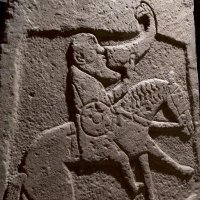
North Ages
@northages
Early medieval northern Britain, taking in Picts, Gaels, Britons, Angles and Norse. Feast days, on this day, place-names, archaeology news and book releases.
ID: 780015530010873857
https://northages.wordpress.com/ 25-09-2016 12:06:09
7,7K Tweet
18,18K Followers
1,1K Following








































